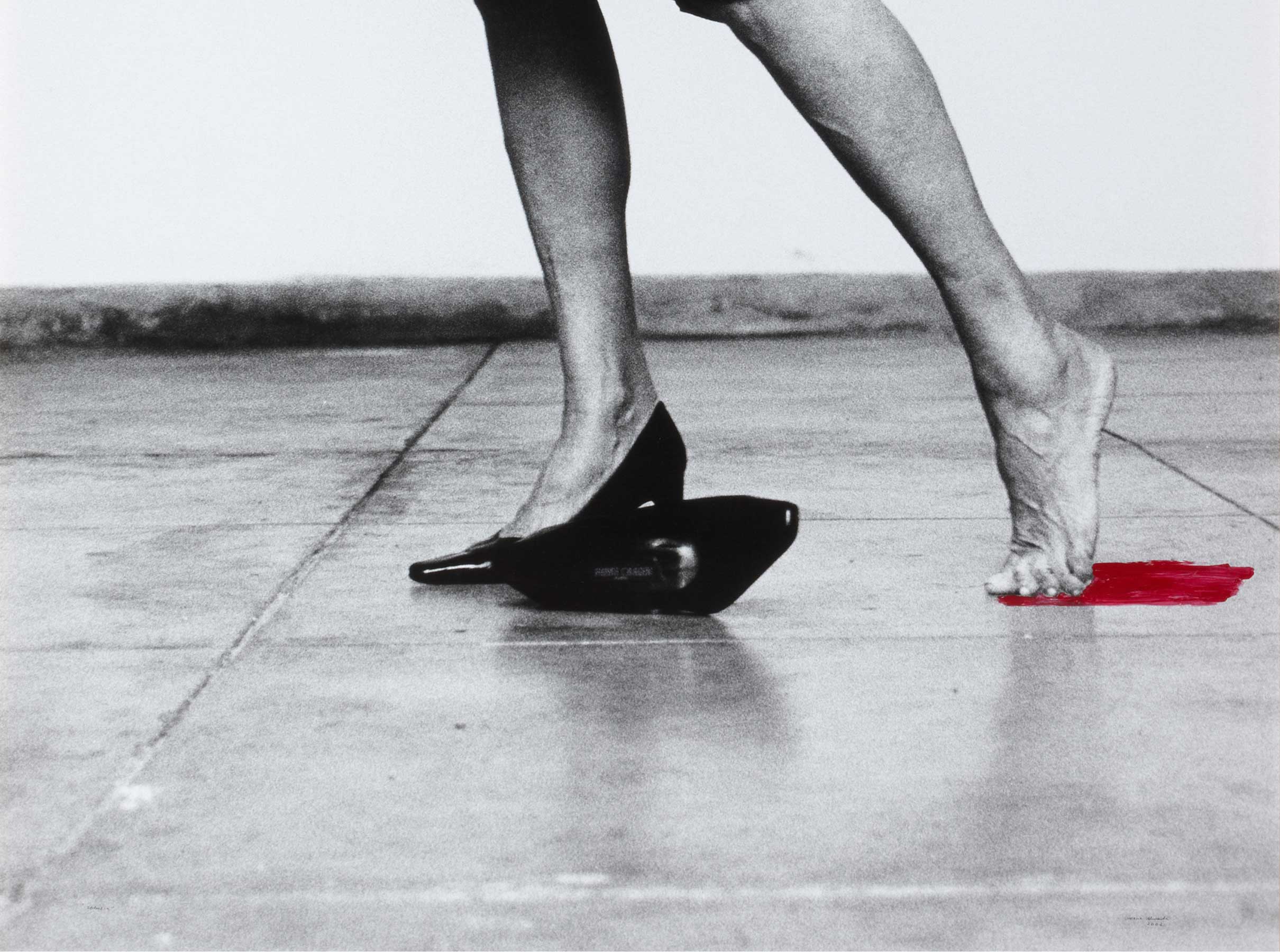Palmengarten III
- 2007
- Chromogenic print on paper
- 227 x 180 cm
- Edition 1/5
- Cat. F_122
- Acquired in 2008
These two works by Caio Reisewitz are typical of his discourse of commitment to social and environmental issues. He uses photography to criticise economic and urban construction policies implemented in detriment to the wild, natural environment of Brazil. Palmengarten III (German for 'Palm Garden') shows a number of leafy outdoor plants and palm trees native to Brazil 'under siege' from flooring, walls and ceilings built by human beings.
Mamanguá shows unspoilt coastline where the forest runs harmoniously to the water's edge. This landscape is from the Saco do Mamanguá, a tropical fjord and rich, natural beauty spot in the state of Río de Janeiro that is still relatively untouched. It is a landscape that represents nature's resistance to continuous attacks by humans.
The image of what looks like Winter in Germany and the one of the Brazilian wilderness represent two different strategies for documenting the action of humans on the natural landscape: the idyllic is under threat.
Other works by Caio Reisewitz

